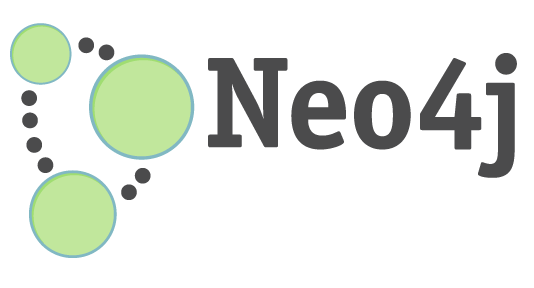This is the final article on my NoSQL concepts series, before I start to focus on a specific database probably MongoDB. I’ve covered all of the popular NoSQL database types (key-value, document, column-family and graph) as well as given an in-depth overview of NoSQL as a whole. Just to round everything up, I’m writing this article to give some final tips and tricks.
Throughout this series I have been writing about, what I have learnt from reading the NoSQL Distilled book by Martin Fowler and Pramod J. Sadalage. Here I am going to be writing about the final few chapters: Handling schema migration, using polyglot persistence, additional storage engines and how to choose the right database.


